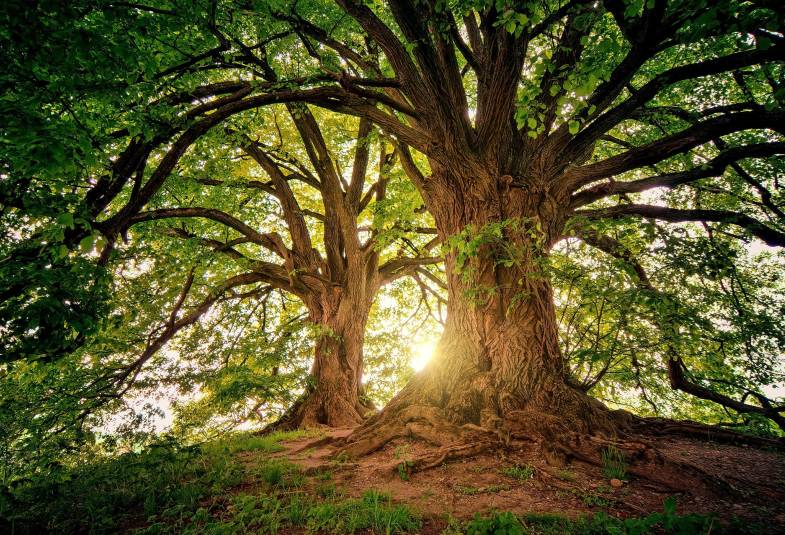04/11/2021
About Jonny
Jonny Baker is Director of mission education at Church Mission Society and involved in training pioneers in mission.
He is the author of several books, including Pioneer Practice; The Pioneer Gift and Pioneering Spirituality, and the co-author of Imagining Mission (with John Taylor) – on which the ideas from this blog are based.

The environment is abundant
A forest is an environment teeming with life in abundance, appropriate to the part of the world it is in – trees, shrubs, plants, fungi, birds, animals, insects, bugs, butterflies. A healthy, biodiverse woodland or forest flourishes with multiple layers and a diversity of species. There are ancient trees at the top of the canopy – like oaks or beech soaking in the light. There is a middle layer of hazel or hawthorn for example, and then shrubs, ferns and smaller plants that appear in different seasons. There are different mixes of trees in different parts of the forest.
Diversity is important
Diversity is important because if you have a monoculture you risk losing everything if a disease or pest attacks. You don’t want just big trees – the diversity is of size as well as variety. The forest is interconnected and interdependent – one thing affects another, and, in many ways, they need one another.
By imagining church as forest, I do not mean ‘a church’ – I am thinking about everything that is connected to Christ and communicates Christ. In that environment are denominations, festivals, bookshops, retreat centres, podcasts and their associated communities. At the top of the canopy might be a big city centre church, a cathedral, a church network, or a retreat centre. Then there are lots of mid-size trees, like congregations or youth networks. Finally, there are lots of small ones – people meeting in small groups, sharing meals in homes, a parent and toddler group, spiritual direction, or praying via a WhatsApp group.
The wider environment of Church will flourish if it is diverse. When the environment is abundant, the seeds of the Gospel are in multiple places. Growth is not a technical or mechanical process of models that can be delivered. It is more likely to take place by paying attention to what’s going on and working with what’s there and trying to add diversity. And the more interdependent it is the better.
To regenerate a forest, light is the key
Leadership is more like gardening or woodland management. God is at work regenerating in surprising places. What is critical is letting God’s light in – God is central.
A denomination is part of the forest, a large congregation part of the ecology which can be great gifts seeding other things. But the forest is by no means simply big churches – that would be a poor environment. It’s tempting for big churches to think it’s all about them and sometimes other parts of the forest are invisible to them. But so much of church is meeting in small groups, in homes, in coffee shops, online in ways that are invisible.
Two thirds of the Church ecosystem in the West does not even gather in congregations. People navigate church very differently from how they used to perhaps because of digital media. It is possible, for example, to have attended something big or middling for a season and then be in a small group and be resourced through a phone app, a festival and a community online gathered around a podcast. This is all part of the forest. Life teems in all sorts of places and especially at the edges between things, a key insight from permaculture. To regenerate a forest, light is always the key.